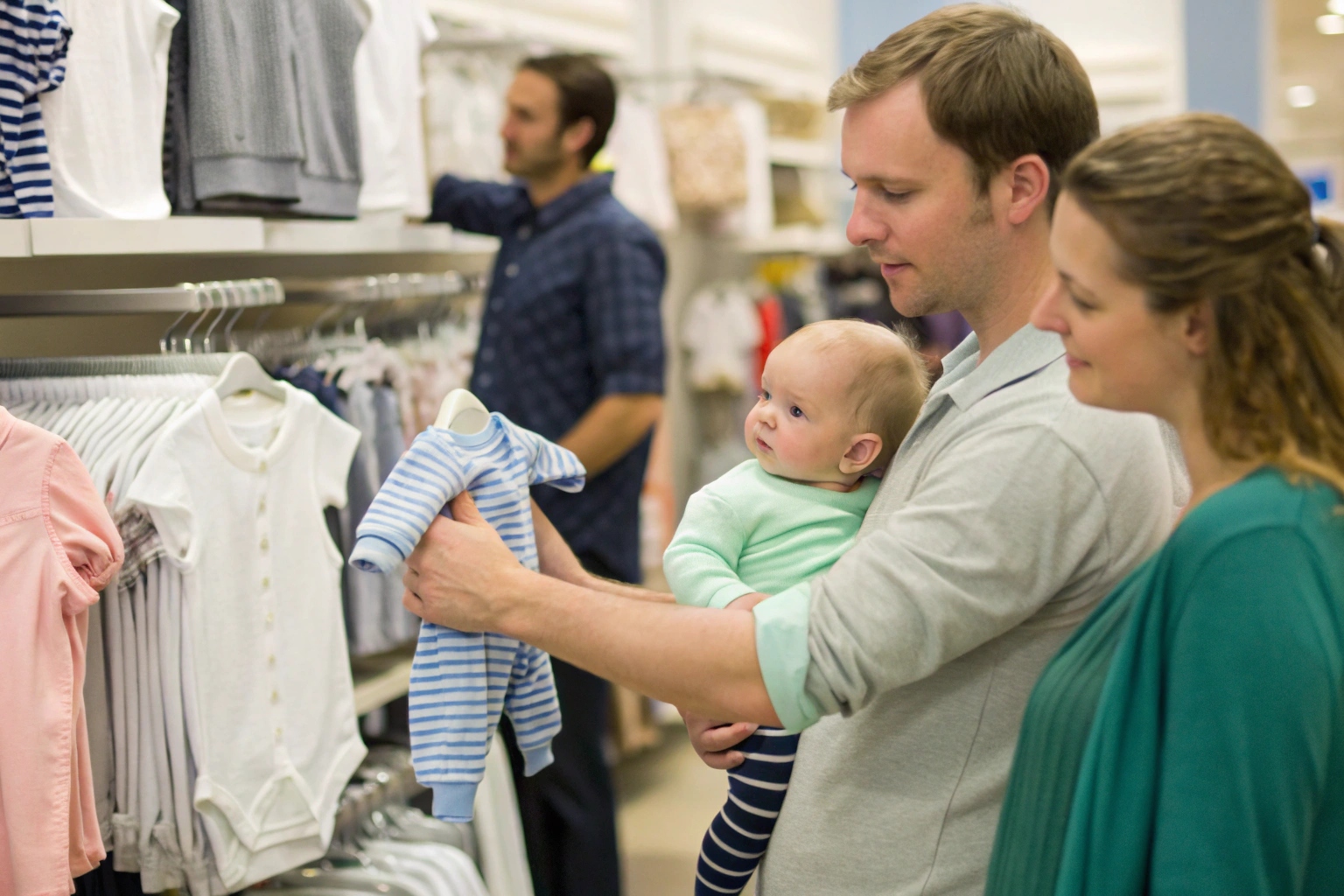From fast-growing toddlers to fashion-forward tweens, dressing kids can quickly become a major household expense. But how much are parents really spending?
On average, parents spend $500 to $900 per child per year on clothing, depending on the child’s age, growth rate, and the family’s lifestyle. This includes basics, seasonal wear, school clothes, and special occasion outfits.
In this article, I’ll walk you through spending averages, age-related differences, gender preferences, and how income shapes shopping behavior.
What’s the Average Annual Spend on Kidswear?
While every family’s budget is different, industry reports provide clear benchmarks for typical clothing expenses.
In the United States, the average parent spends between $600 and $800 per child annually on clothing. For babies and toddlers, this number tends to be slightly higher due to faster growth and more frequent outfit changes.
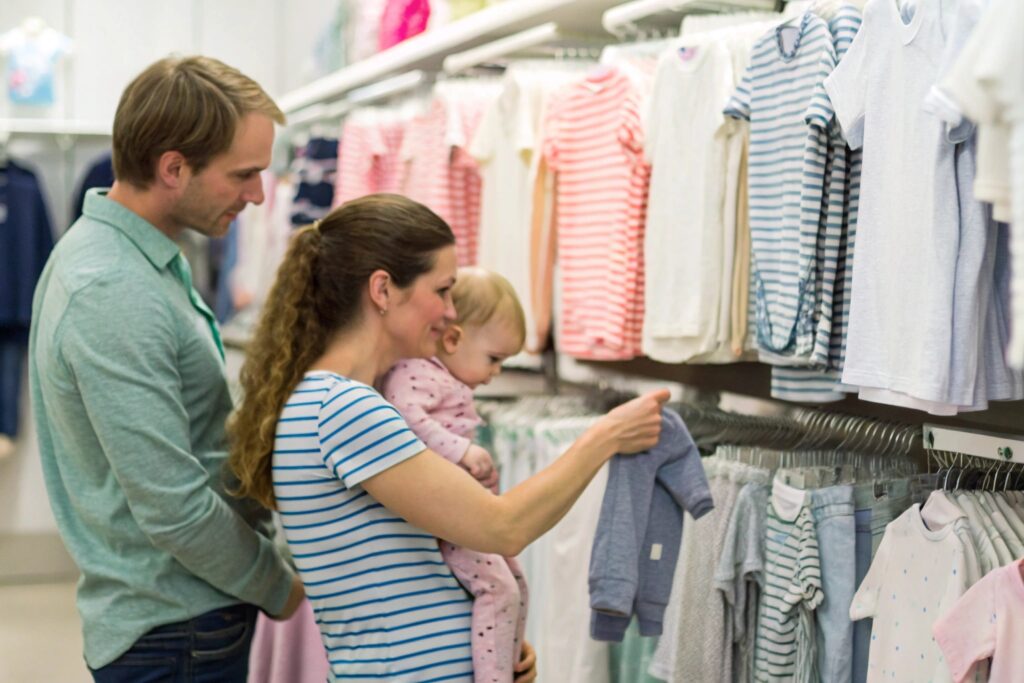
Annual spending by age group:
| Age Group | Average Annual Clothing Spend (USD) |
|---|---|
| 0–2 years (infants) | $700–$900 |
| 3–5 years (toddlers) | $600–$800 |
| 6–12 years (kids) | $500–$750 |
| 13–17 years (teens) | $750–$1,000+ |
What’s included?
- Daily wear (tees, pants, socks)
- Outerwear (jackets, boots)
- School uniforms or sports gear
- Pajamas and undergarments
- Holiday or special event clothing
The average spend rises during back-to-school months, holiday seasons, and growth spurts.
How Do Clothing Expenses Change as Kids Grow?
You’d think older kids cost more—but that’s not always true. Babies grow faster, but older kids want more say in what they wear.
Clothing expenses shift as kids grow: babies need more frequent size changes, while older children have more defined style preferences and brand awareness, which can drive costs up.
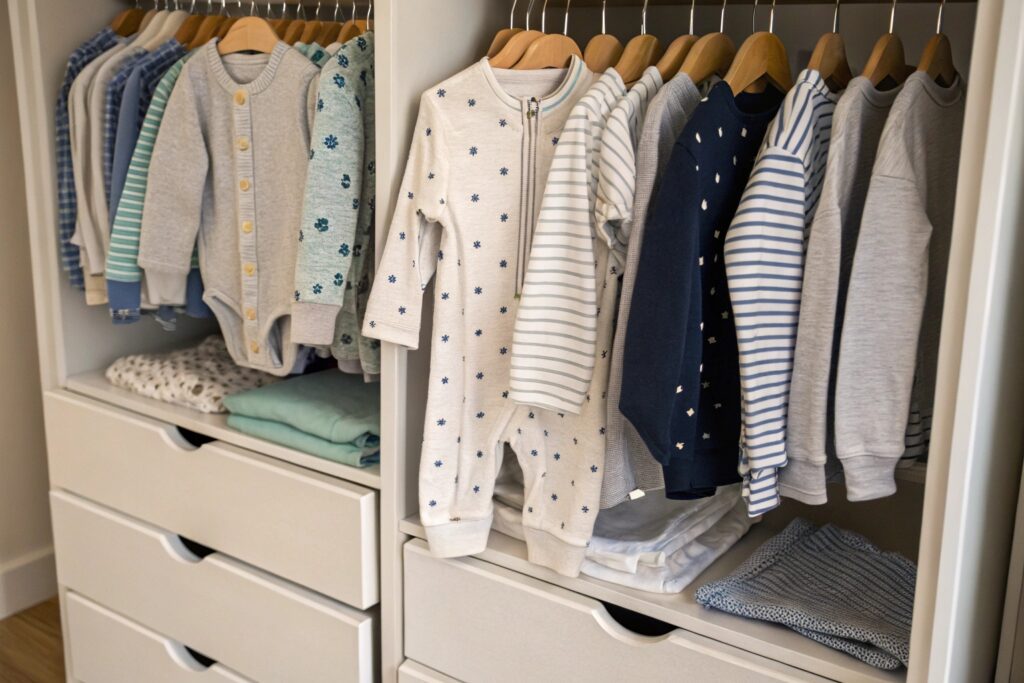
Clothing needs by stage:
| Stage | Key Expense Drivers |
|---|---|
| Baby (0–12 mo) | Constant growth = frequent replacements |
| Toddler (1–3 yrs) | Outdoor play = higher wear and tear |
| School-age (4–10) | Peer influence, school dress codes |
| Preteen/teen | Brand preferences, personal fashion style |
Growth factor:
- Babies may change sizes every 2–3 months
- Toddlers need new shoes every 4–6 months
- Older kids may hold sizes longer, but want more variety
At Fumao, we help kidswear brands build product bundles that match growth cycles—like multipacks for toddlers or stretch-fit collections for school-age kids.
Do Parents Spend More on Girls or Boys Clothing?
Marketing, trends, and fashion culture can make a difference when it comes to spending between genders.
Yes, studies show that parents tend to spend more on girls’ clothing than boys’—by about 15–25%. This is often due to wider style variety, faster trend changes, and more event-specific outfits.
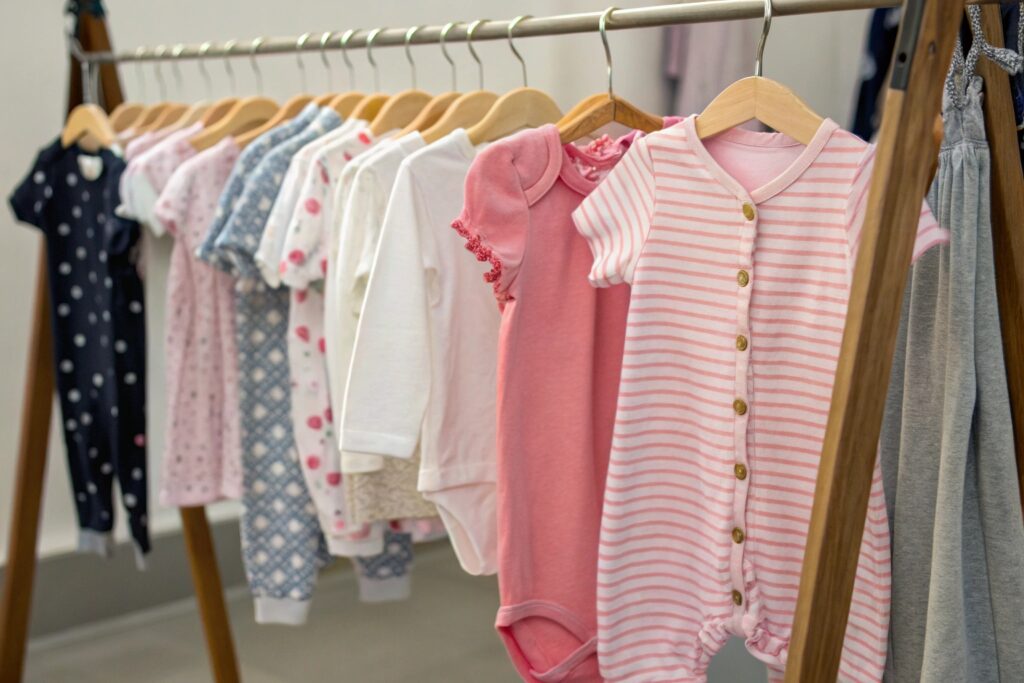
Spending differences:
| Gender | Why Spending May Differ |
|---|---|
| Girls | More fashion styles, accessories, seasonal dresses |
| Boys | Simpler wardrobes, fewer trend changes |
Product categories with highest spend for girls:
- Dresses for holidays and school events
- Matching sets or themed outfits
- Hair accessories and layering pieces
Boys’ wardrobes tend to focus on durability and simplicity—often reducing total spend unless the brand or activity (like sportswear) is high-end.
How Income Levels Affect Kidswear Spending?
Not all families approach kidswear the same way. Budget plays a big role in the volume, brands, and purchasing channels parents choose.
Higher-income families tend to spend more per child on premium brands, organic materials, and fashion-forward pieces, while lower-income households often prioritize value packs, essentials, and discounts.
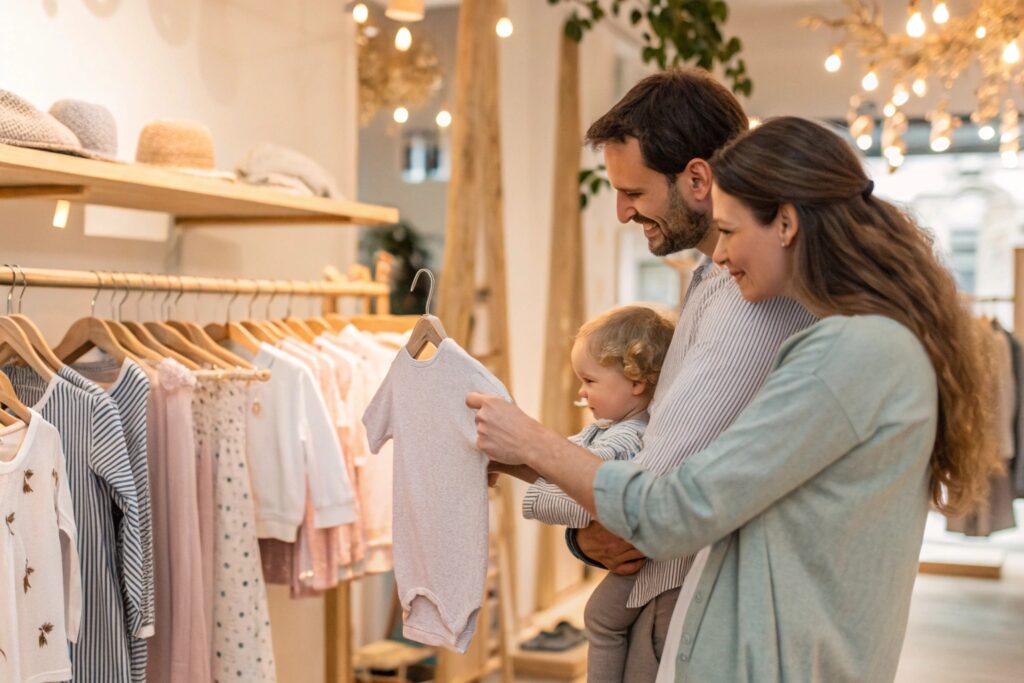
Spending behavior by income:
| Household Income | Kidswear Spending Habits |
|---|---|
| <$40,000 | Shop discount retailers, multipacks, resale |
| $40,000–$80,000 | Mix of value and branded basics |
| $80,000–$150,000 | Premium brands, organic fabrics, online DTC |
| $150,000+ | Designer kidswear, seasonal collections |
Buying channels by income:
- Lower income: Walmart, resale apps, fast fashion outlets
- Middle income: Carter’s, H&M Kids, Amazon bundles
- Higher income: Hanna Andersson, Boden, boutique organic labels
At Fumao, we support a wide range of clients—from budget babywear lines to upscale organic cotton brands—each serving different income-based consumer segments.
Conclusion
Parents spend hundreds each year dressing their kids—and that amount grows with age, lifestyle, and fashion preferences. Understanding how spending shifts across age, gender, and income helps kidswear brands position their collections more effectively. Whether you're offering affordable essentials or high-end pieces, there's a strong and growing market for both.

